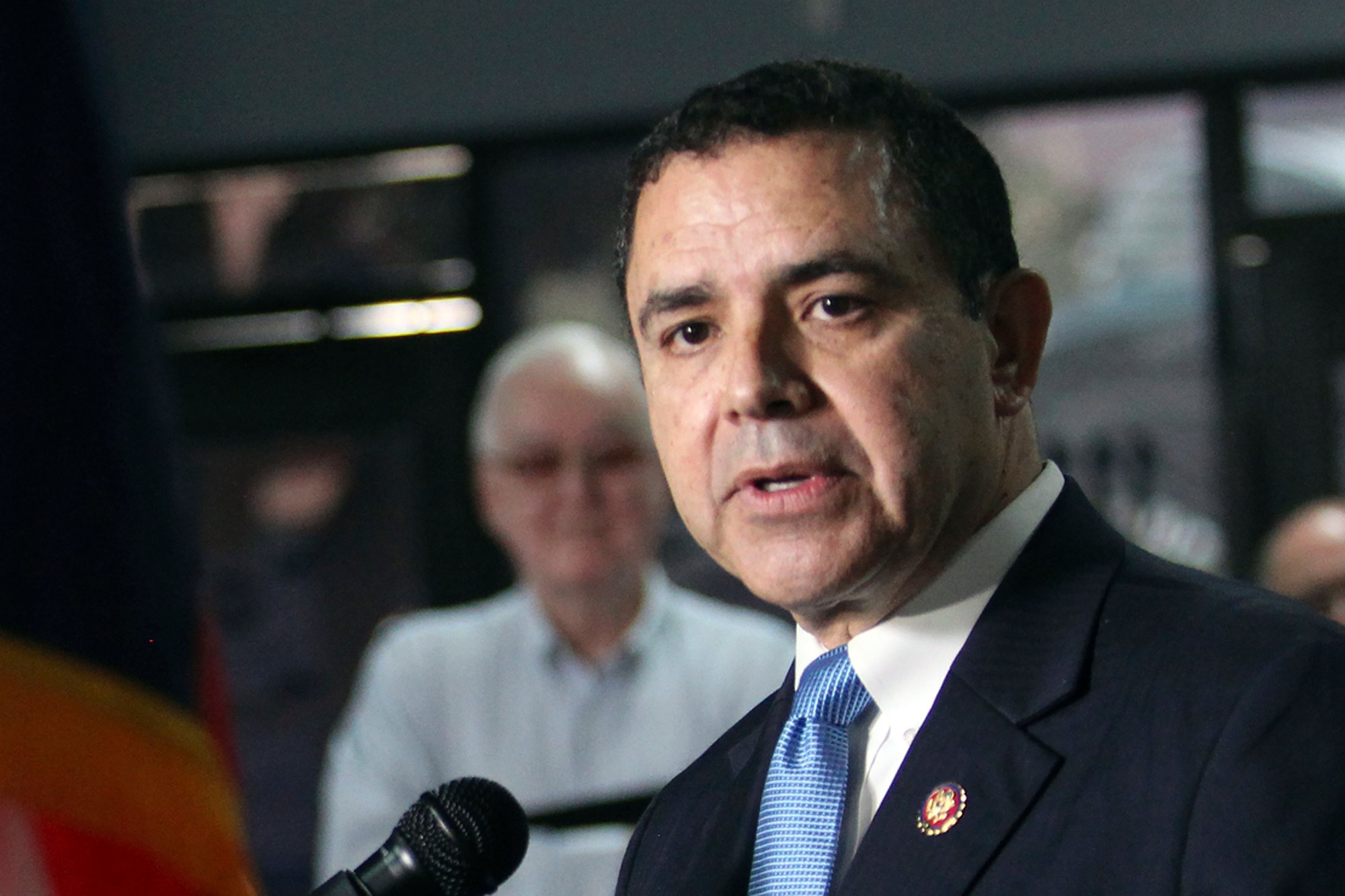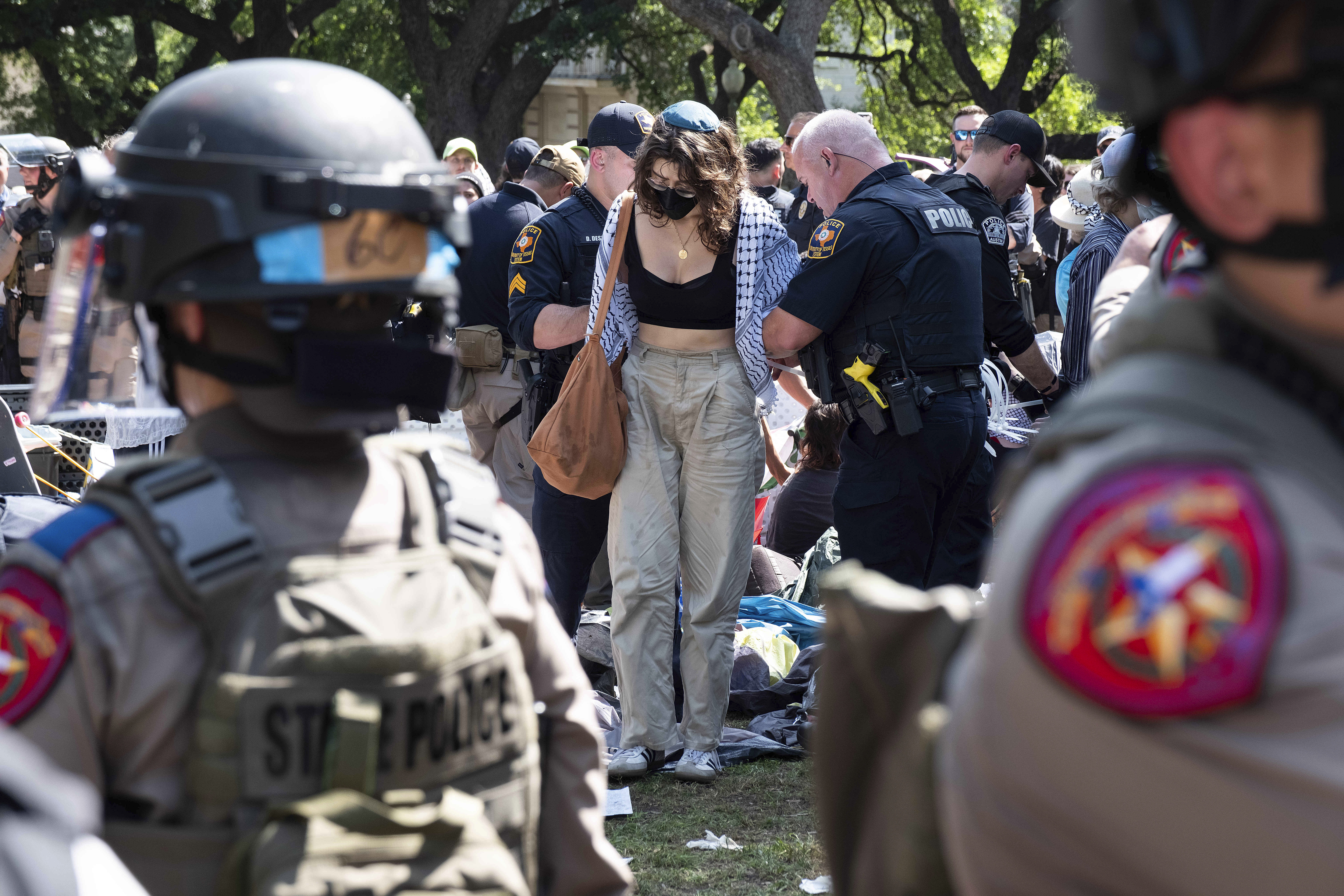Editorial
Peering into the Halls of Power
For the past 18 months, The Texas Observer has been fighting with the Department of Public Safety, trying to force the state police to turn over information, which, in our minds, clearly must be made public by law. They have refused, and spent untold taxpayer dollars paying a high-powered law firm to fend off our request.
Last week, a state district judge sided with us, saying he will soon formally rule that the information we sought must be released.
For the moment, at least, it appears that the public still has a right to peer into the workings of the state Capitol, ostensibly the people’s building.
The protracted battle began with a simple notion on our part; that taxpayers and citizens should know if one of the richest, most politically influential men in Texas showed up at the Capitol one day to strong-arm lawmakers into passing one of his pet issues.
The man was San Antonio multi-millionaire Jim Leininger, one of the state’s biggest campaign donors. The issue was school vouchers, a cause Leininger has backed with religious fervor and wads of cash.
On May 23, 2005, a bill that would establish a pilot voucher program reached the floor of the Texas House. Members of both parties were incensed that Speaker Tom Craddick was forcing them to consider an idea opposed by many in their districts.
Despite the unpopularity of the bill, it stood a fighting chance of passage (although it ultimately failed). Republican legislators in the past had defied their constituents at Craddick’s behest, usually to reward some financial interest and big contributor.
The rumor on the House floor that day was that Leininger had personally come to the Capitol to cajole Republican holdouts. Leininger didn’t have to threaten anybody explicitly. His willingness to spend enormous sums to defeat those who disagree with him was and is well known.
We thought our readers deserved to know if Leininger was there. Some had said he was meeting lawmakers in a room off the hallway behind the chamber. There are video cameras in that hallway, operated by DPS, as there are throughout the Capitol. We filed a public records request for the video of the hallway from that day.
DPS felt providing the video would reveal security secrets and abet terrorists. It appealed that decision to Texas Attorney General Greg Abbott’s office. He agreed with the Observer and ordered DPS to release the video. Rather than comply, DPS hired the firm of Akin Gump Strauss Hauer & Feld to sue the AG’s office in Travis County district court.
On November 20, the case was heard before district judge Stephen Yelenosky. At the end of the day, Yelenosky sided with the Observer and the AG. In the hearing, the judge described the case as a classic example of the tension between openness and security; in this instance represented by the Texas Public Information Act versus the state Homeland Security Act.
As the Public Information Act so eloquently states, “The people, in delegating authority, do not give their public servants the right to decide what is good for the people to know and what is not good for them to know. The people insist on remaining informed so that they may retain control over the instruments they have created.”
Since 9/11, our government, both nationally and locally, has argued that we must forfeit some of our civil liberties before the threat of terrorism. At the same time, technological advances have allowed the government to expand surveillance in unprecedented ways. If ever there was a time when the public’s right to know was paramount, it is today. We applaud the judge’s decision.


